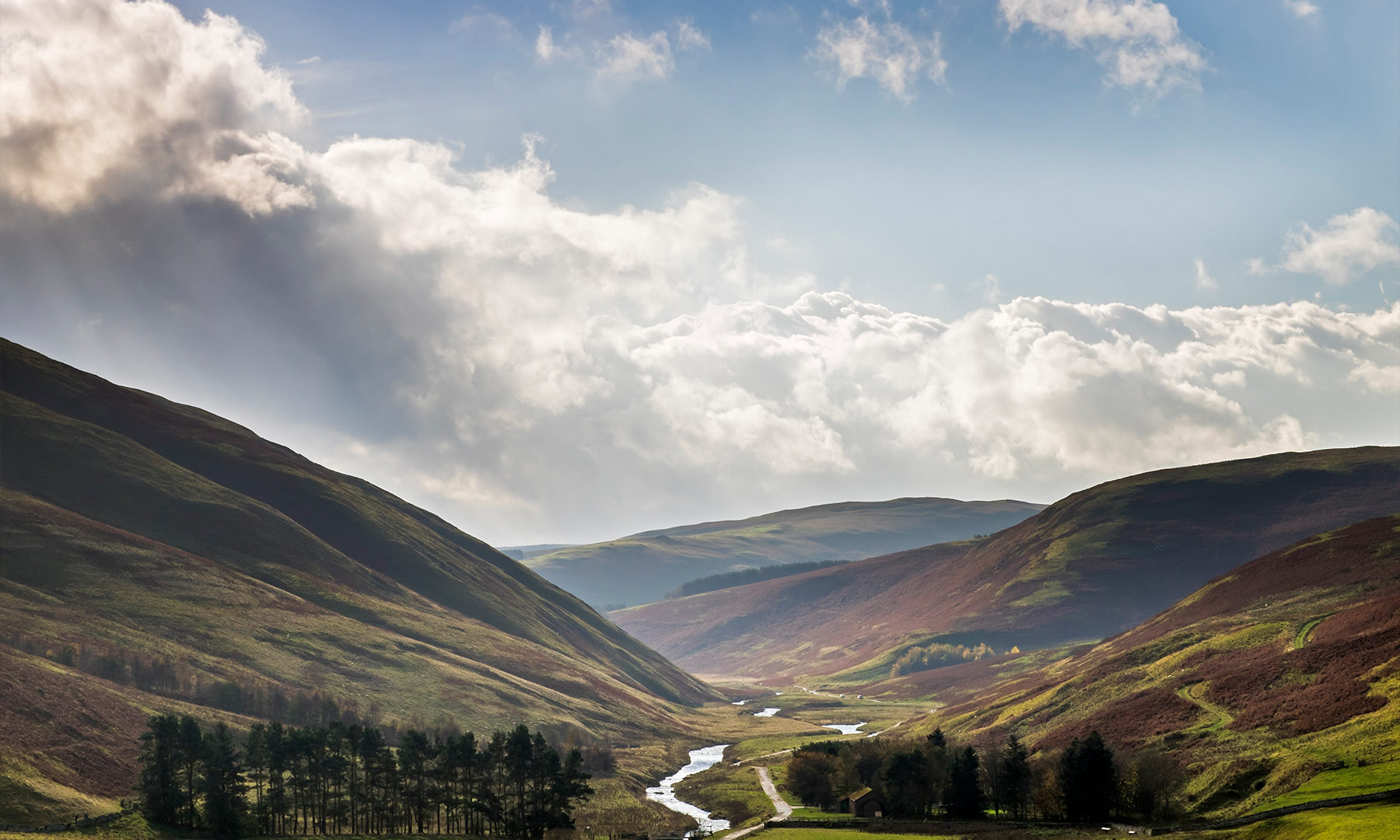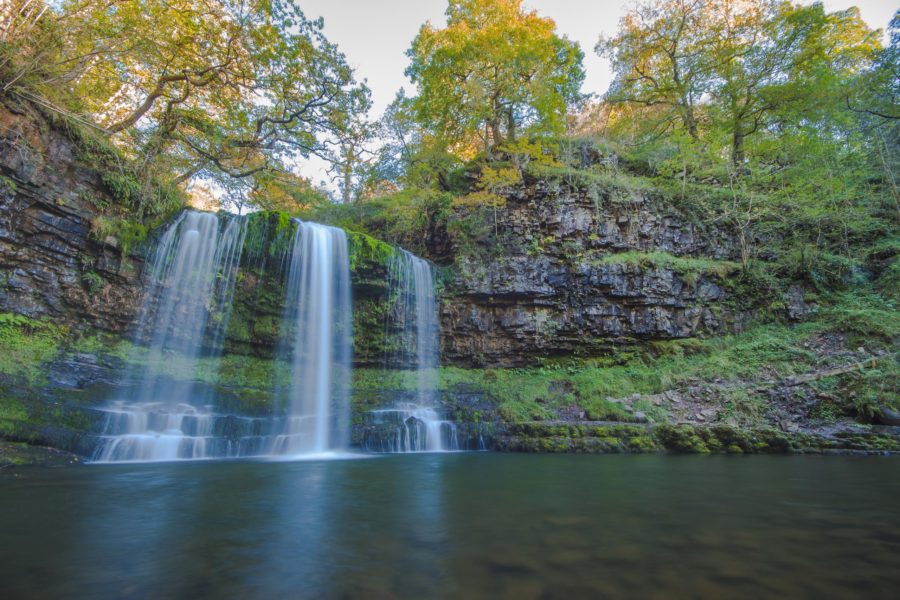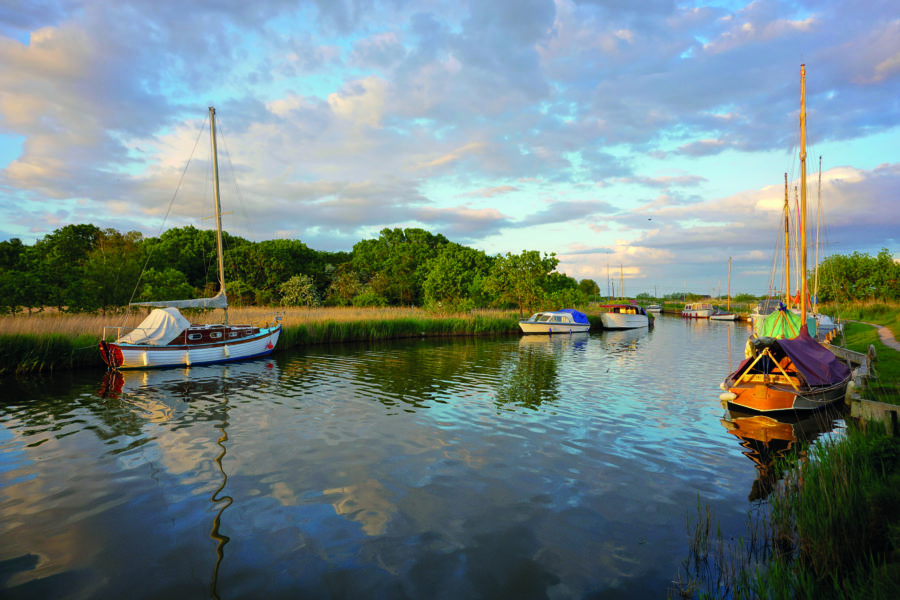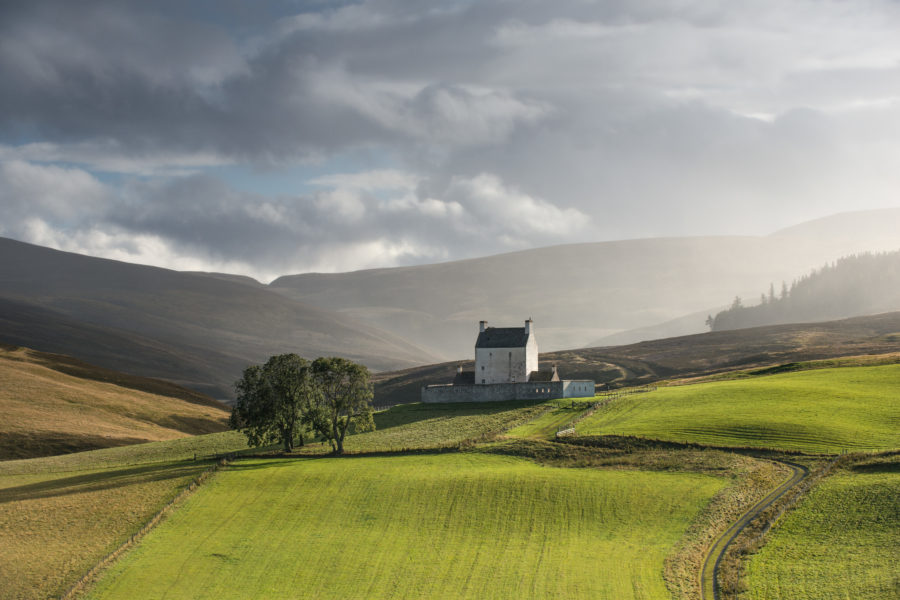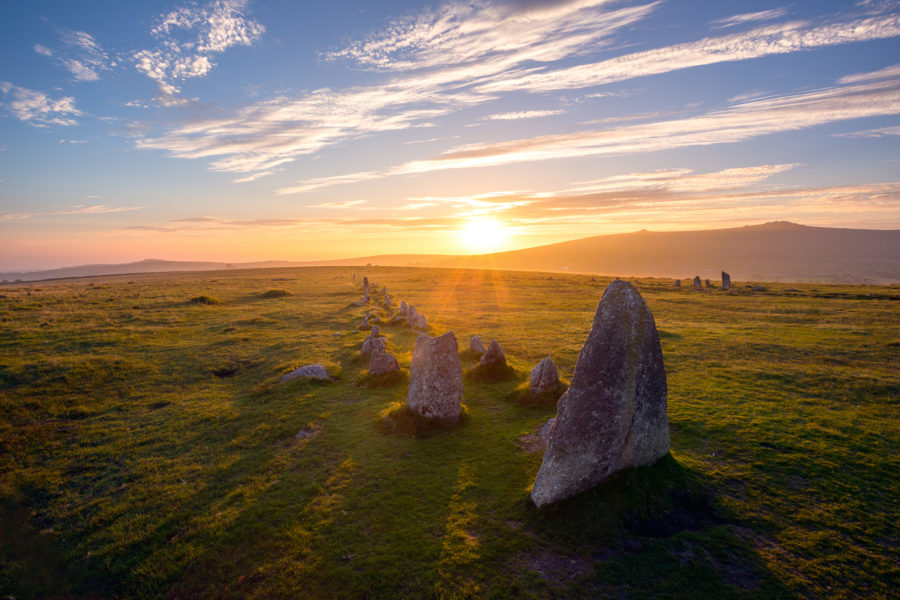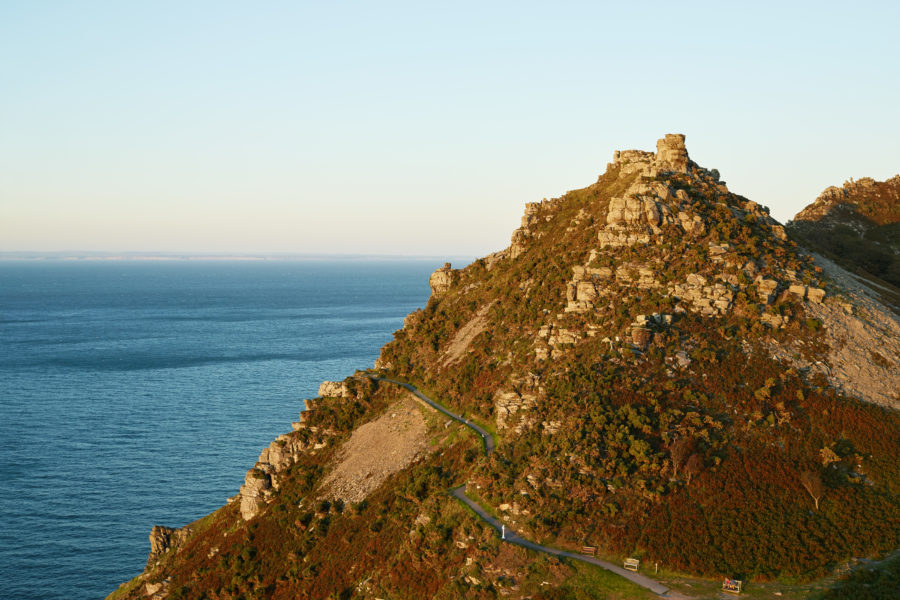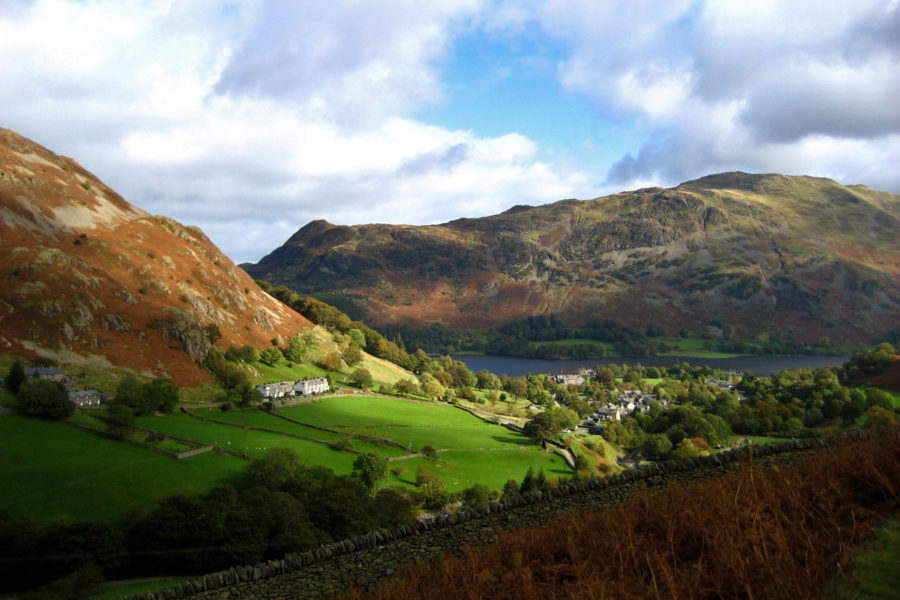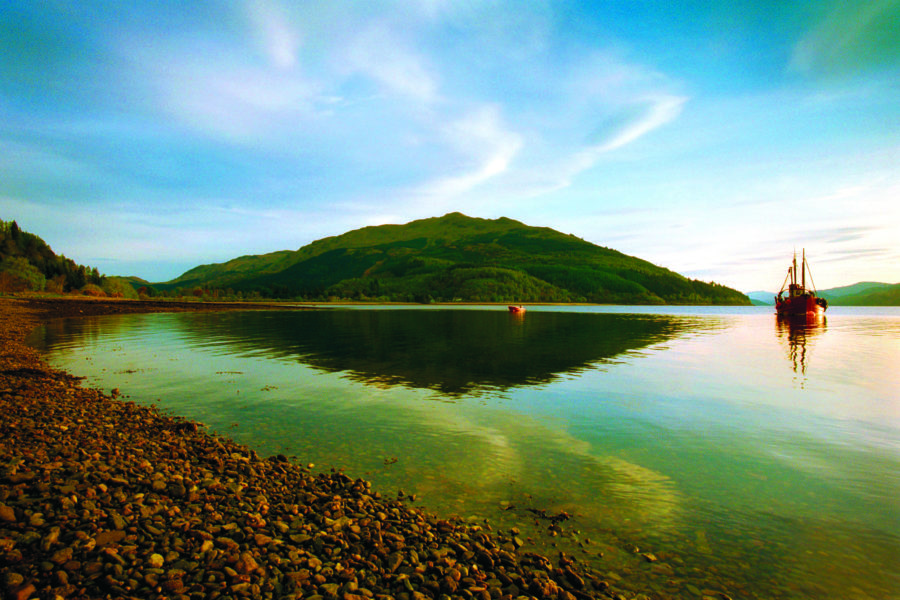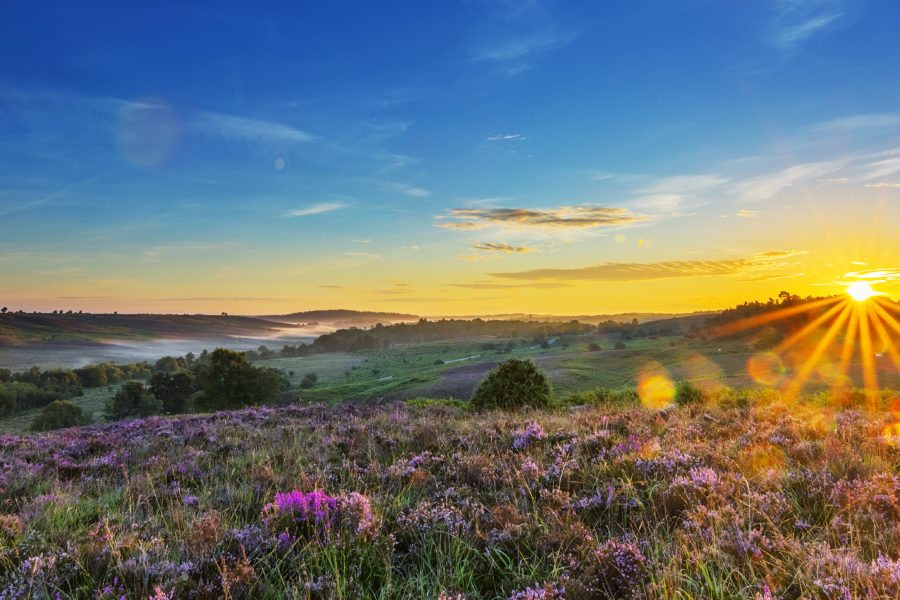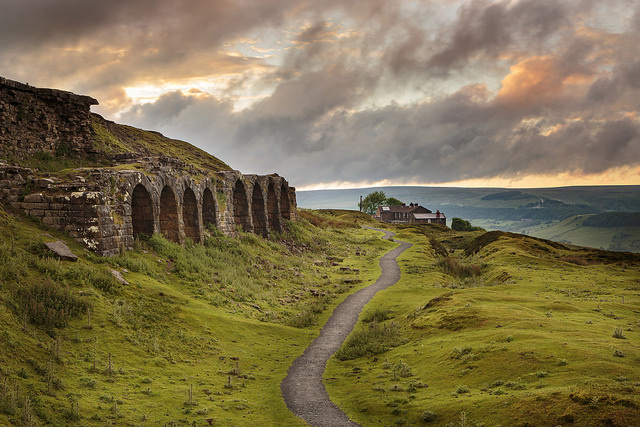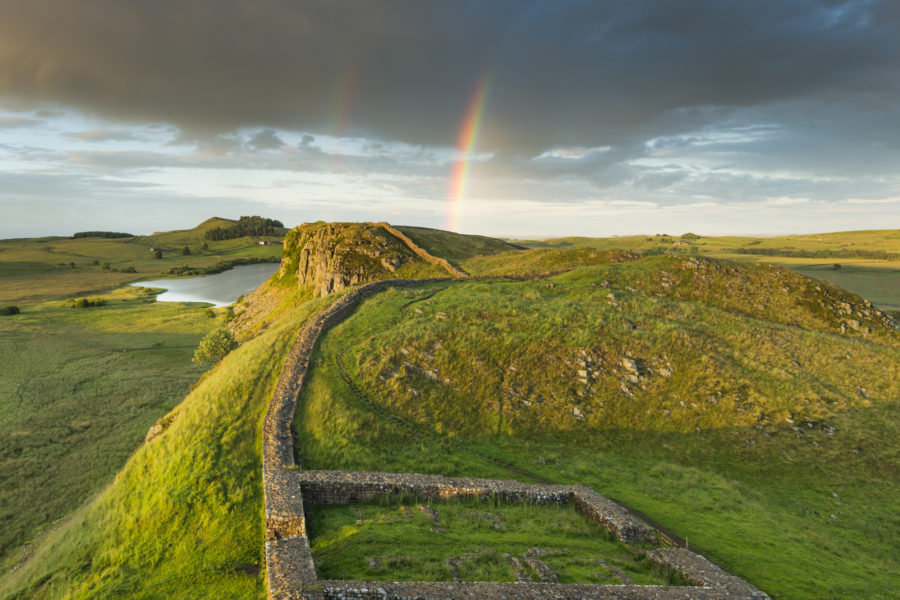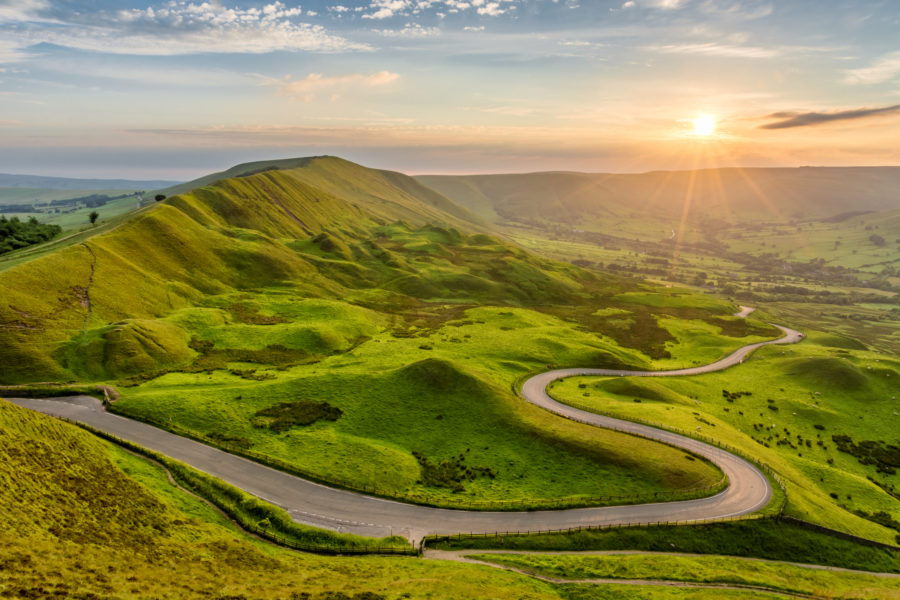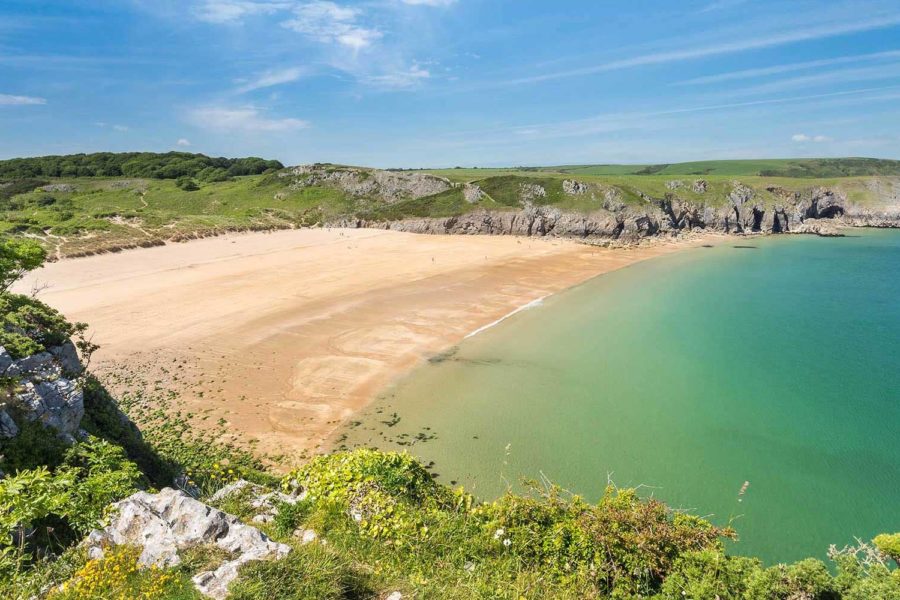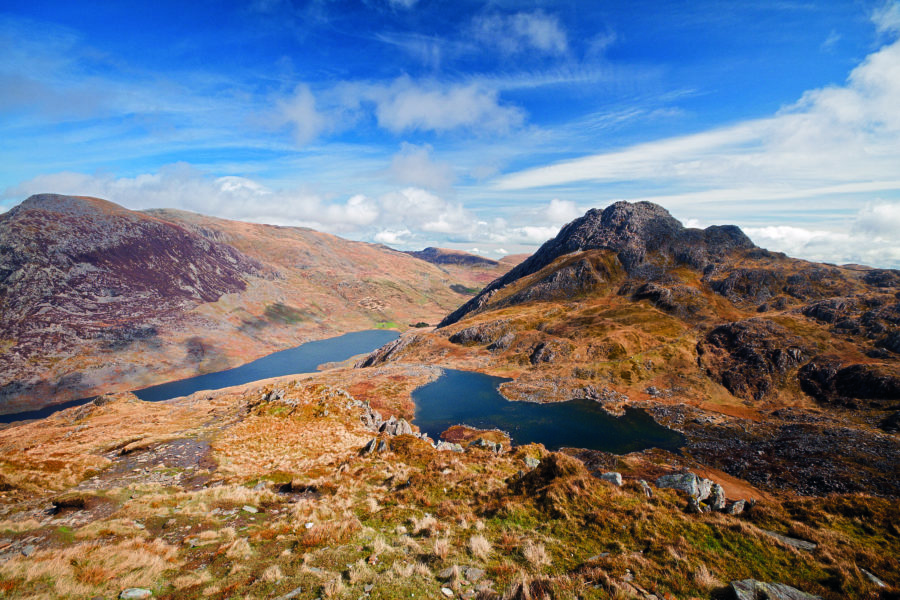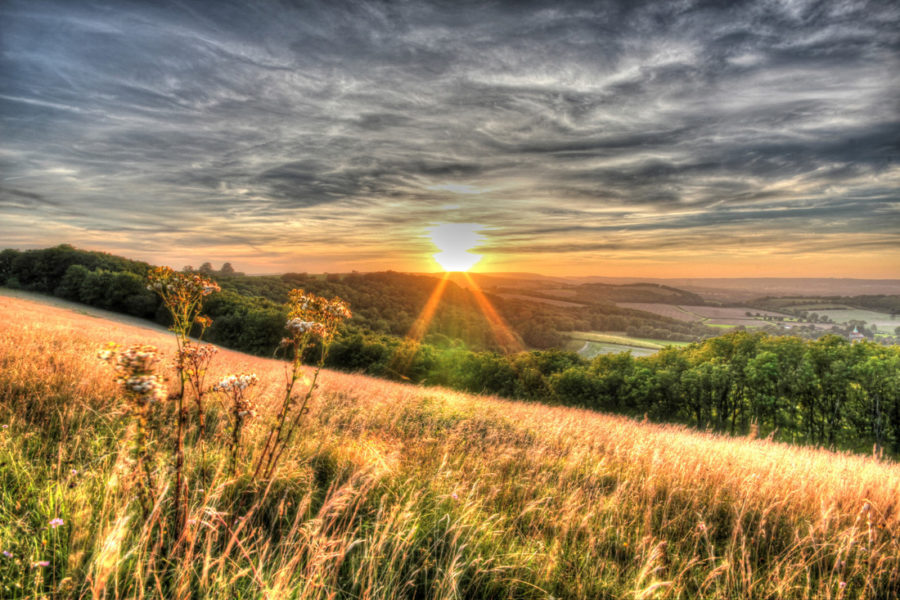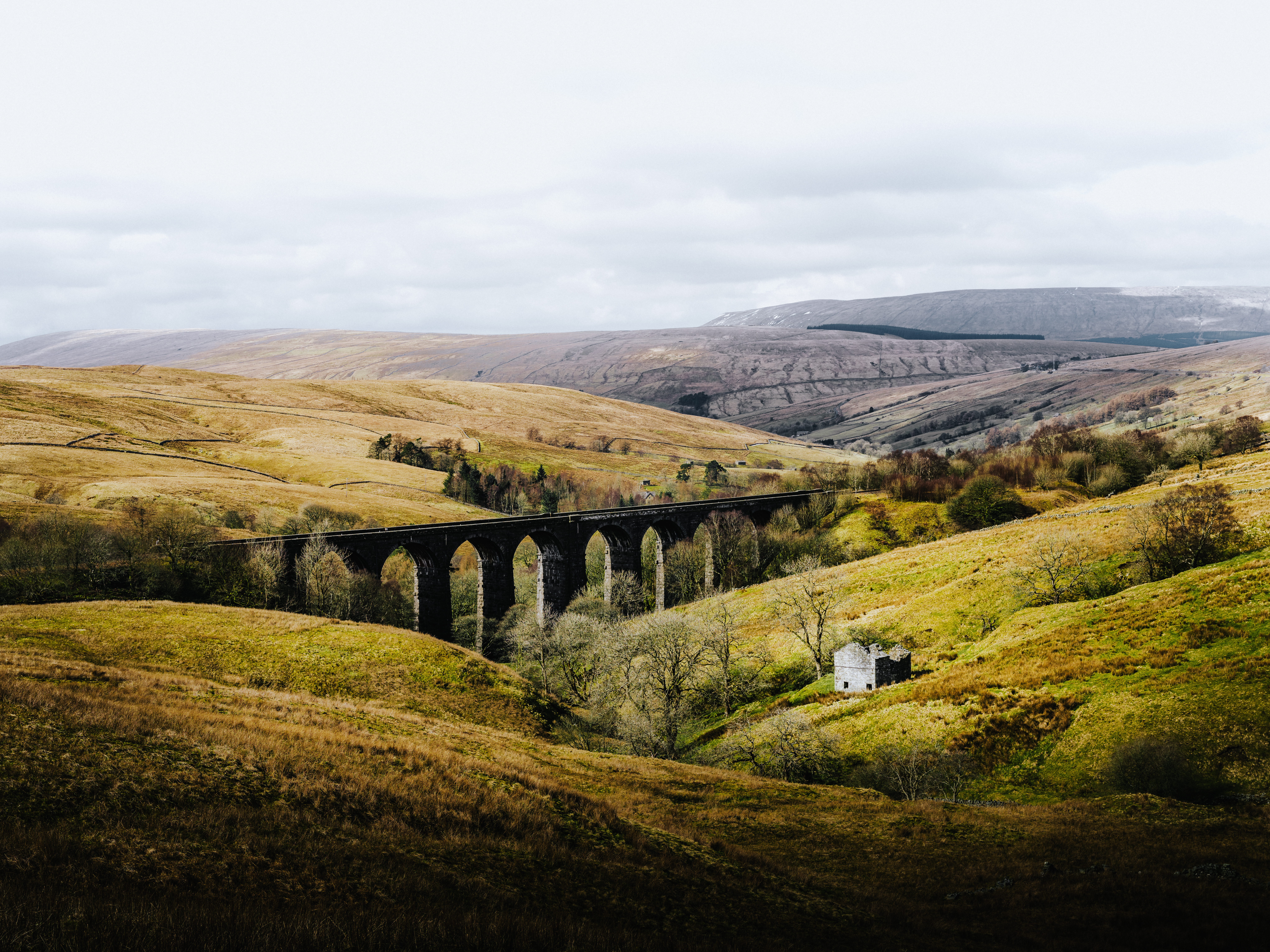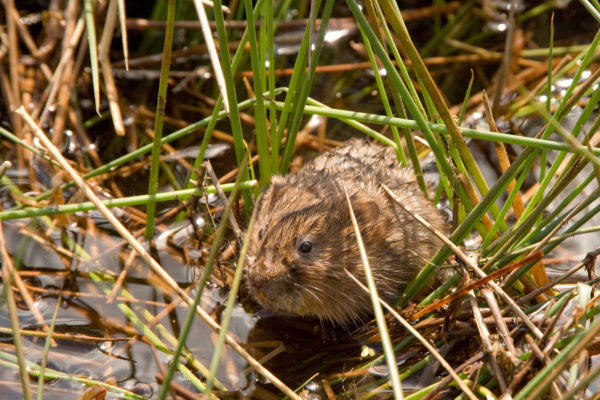Inspiration – for everyone
World-class landscapes with the power to inspire everyone, they’ve been designated on behalf of the entire nation because of their special qualities.
Stunning natural beauty, beautiful wildlife and fascinating cultural heritage make these living and working landscapes truly unique.
One big family
There are 15 National Parks in the UK and each one has been designated as a protected landscape because of its special qualities.
Each National Park is different and remarkable in its own way, but all work together as part of a big family.
Here are five simple facts to put you in the picture!
There are 10 National Parks in England, three in Wales and two in Scotland, they are:
- England – Broads, Dartmoor, Exmoor, Lake District, New Forest, Northumberland, North York Moors, Peak District, South Downs and Yorkshire Dales.
- Wales – Bannau Brycheiniog (Brecon Beacons), Pembrokeshire Coast, and Eryri (Snowdonia).
- Scotland – Cairngorms and Loch Lomond & The Trossachs.
Each National Park is administered by its own authority, but that authority does not own all of the land in the Park.
The 15 National Parks have thousands of kilometres of public rights of way over 1,300km of which is designated as suitable for those of us with accessibility issues – giving people incredible opportunities to explore these amazing spaces.
The UK’s National Parks are oases for wildlife – hosting over 330 conservation projects in 2019/20. We work together as National Parks UK – working in unison for the benefit of nature and people.
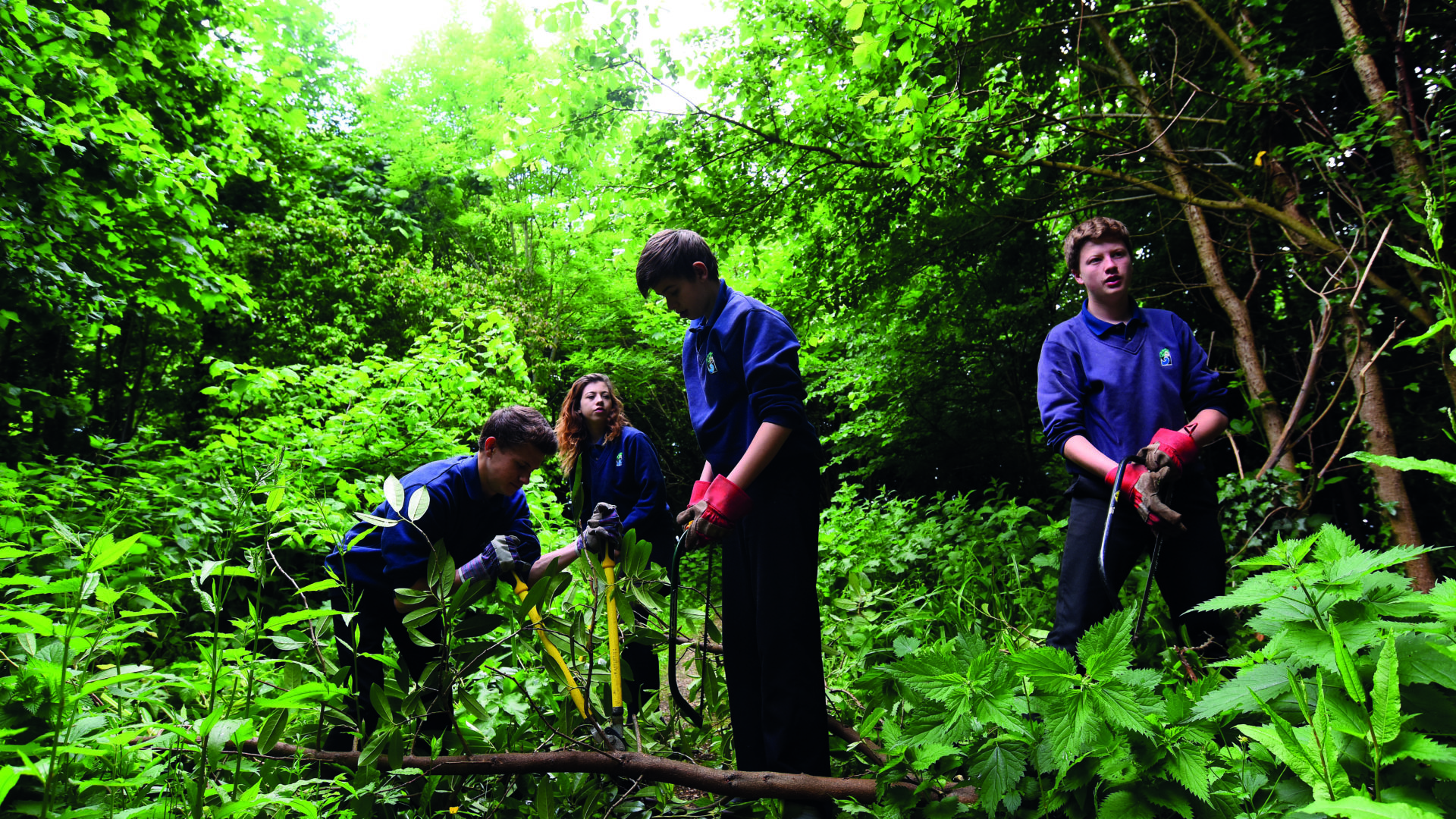
Did you know?
Not ours – but ours to look after
Conservation, enhancement, sustainability, enjoyment – four words that sit at the heart of all National Parks.
Funded by central government, National Parks have specific purposes that are enshrined in law.
In England and Wales they are:
- Conserve and enhance the natural beauty, wildlife and cultural heritage.
- Promote opportunities for the understanding and enjoyment of the special qualities of national parks by the public.
In carrying out these purposes, National Park Authorities are also required to seek to foster the economic and social well-being of local communities in the National Park.
In the case of the Broads there is an additional purpose, namely protecting the interests of navigation, and all three purposes are given equal priority.
For the Scottish Parks there are four aims:
- To conserve and enhance the natural and cultural heritage of the area.
- To promote sustainable use of the natural resources of the area.
- To promote understanding and enjoyment (including enjoyment in the form of recreation) of the special qualities of the area by the public.
- To promote sustainable economic and social development of the area’s communities.
With the exception of the Broads National Park, if there’s a conflict between a park’s purposes, greater weight has to be given to the first purpose.
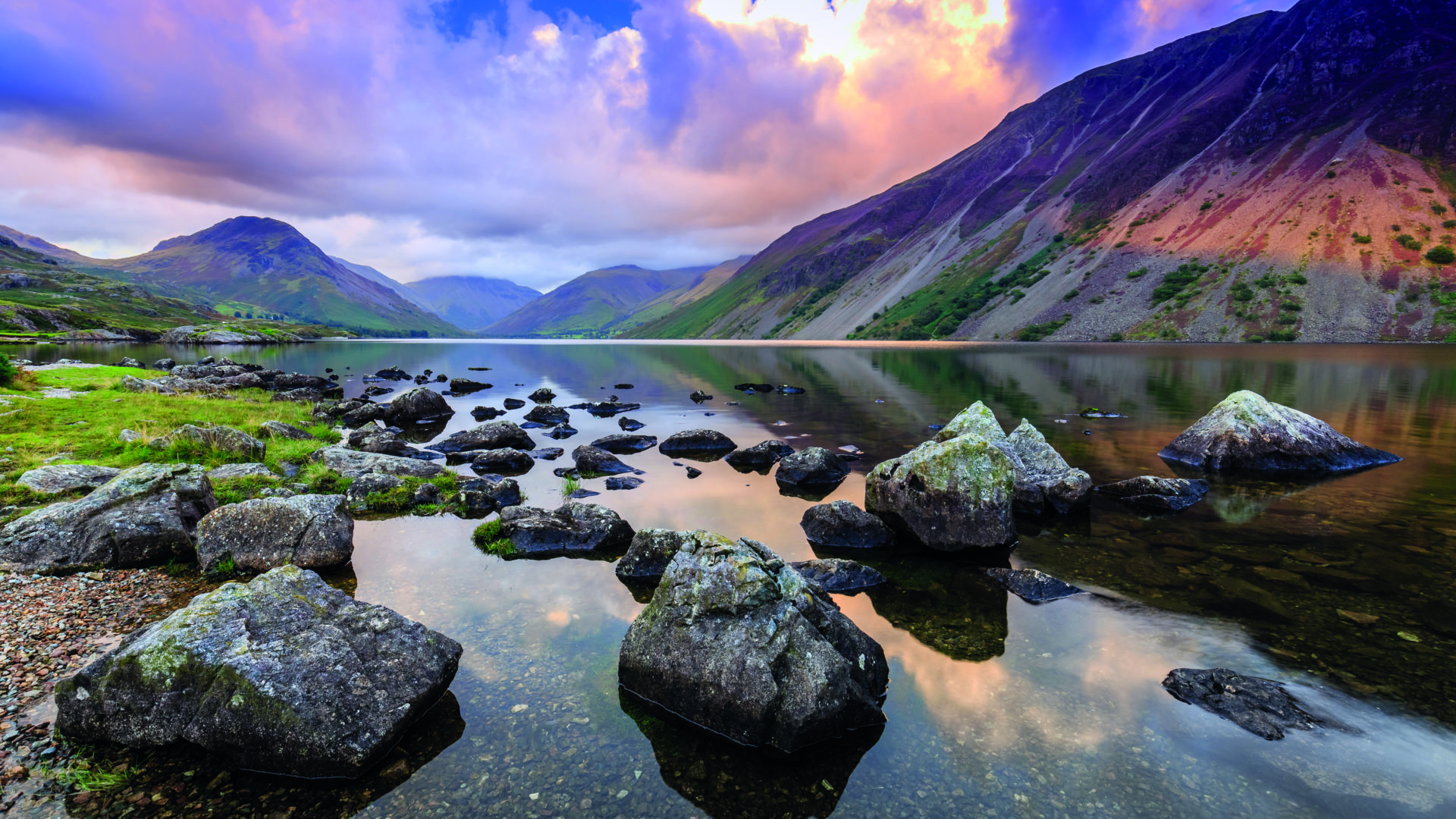
Discover more
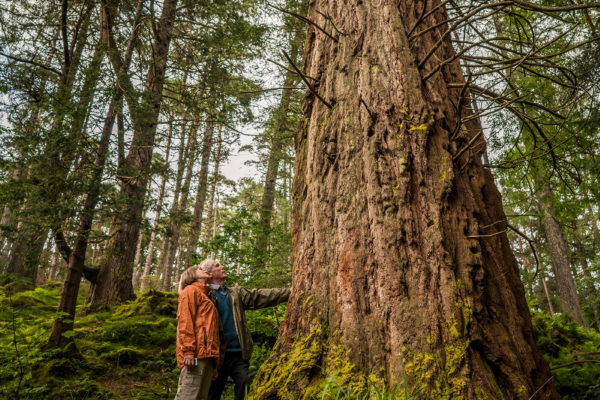
Special Qualities
Discover the Special Qualities of National Parks and why they are the UKs most inspiring landscapes.
